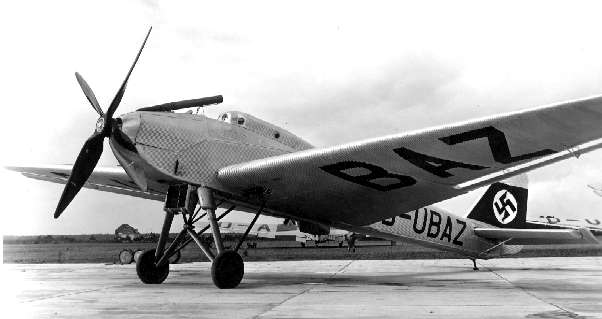Content deleted Content added
Line 45: Use ''oxygen via a face mask'', and endure hypoxia and extreme cold. Flyers like [[Cyril Uwins]] - 13,408 m (43,990 ft) in a [[Vickers Vespa]] in September 1932 - and Renato Donati - 14,433 m (47,385 ft) in a [[Caproni]] Ca 114 in late 1933 - took this route, sitting in open [[cockpit]]s. Necessarily, these were up and down flights; continuous flight at high altitudes with this approach would not have been survivable.<ref name="Kay"/> ''Pressure suits'': these were pioneered by [[Wiley Post]] in his [[Lockheed Vega|Lockheed Vega Ultimately, the ''pressure cabin'', insulated from the cold or heated was the way to allow crew and, eventually, passengers to travel in a normal environment.<ref name="Kay"/> | |||
 Article Images
Article Images